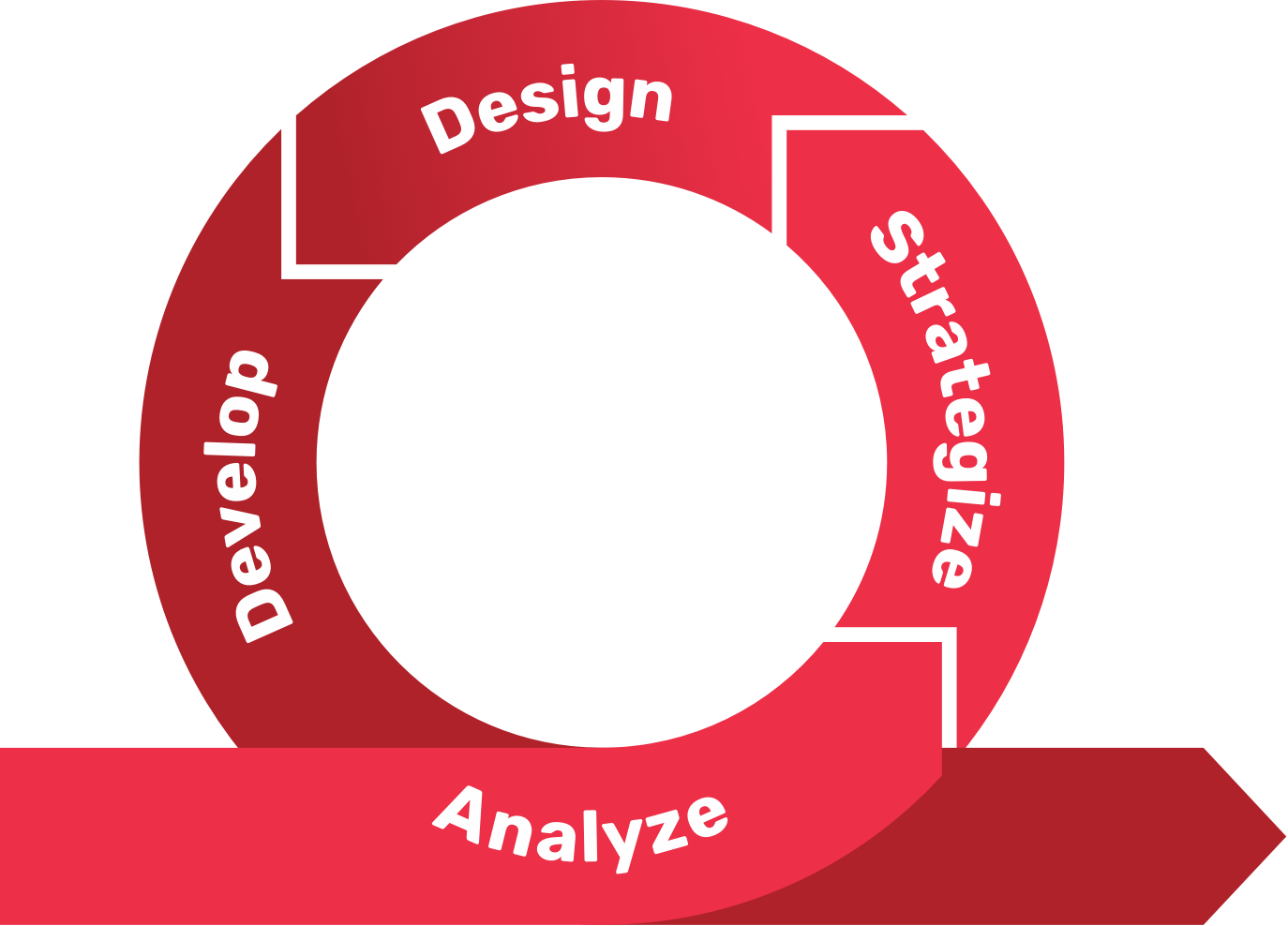Should You Refine or Redesign?
For any regional or national brand, a website redesign is a substantial project on many fronts. It can take months, even years, of fine tuning design elements, content and messaging to get a website in the proper state for optimal conversions. Rebuilds involve designing, developing, copywriting, IT, security, branding, user experience, marketing...you get the picture. These projects can easily stretch into six figure investments (often higher for large enterprises). As such, it warrants the “time needed to do it right” approach, which often takes a year or more to complete.

I am going to start off by saying something you’ll probably never hear from a design and/or development company: I think companies redesign their websites too often. I know, this sounds weird coming from a guy who owns a web design agency, but it’s the truth.
For any regional or national brand, a website redesign is a substantial project on many fronts. It can take months, even years, of fine tuning design elements, content and messaging to get a website in the proper state for optimal conversions. Rebuilds involve designing, developing, copywriting, IT, security, branding, user experience, marketing...you get the picture. These projects can easily stretch into six figure investments (often higher for large enterprises). As such, it warrants the “time needed to do it right” approach, which often takes a year or more to complete.
The major conflict you must deal with is that you can’t let your website languish, either. It’s essential to keep up with the latest design trends and functionality, Google algorithm updates, technical system updates, and support the ever-changing needs of your business and its customers. The million dollar question many will be asking themselves: What should I do?

Refine Your Website...Don’t Rebuild It
It’s no surprise this is my answer. It’s in our company name after all -- The Refinery. We’ve seen so many projects go sideways because companies “bite off more than they can chew” regarding project size, scope and timeline. Perhaps this happens because there are too many stakeholders, making things extremely difficult to get all the necessary teams on board and in sync to make it happen? If not the only reason, I personally think this plays a part in a majority of rebuilds or redesigns.
When you choose the path of refining over redesigning, you allow the experts you’ve chosen to work with (designers, developers, copywriters, marketers) to make small improvements over time, continually evolving your website through independent projects. This produces higher quality work on a more efficient operational timeline without the need for each stakeholder to be in lock step with one another over extended time periods.
Be Objective
As marketers, we’re quite attached to analytics and other website metrics because that data allows us to objectively measure performance. We continually use that information to make adjustments to the website’s design, content and user experience, then analyze the results from the changes we made. When companies choose to rebuild their website, they often lose the baseline behind a large portion of that data. They’re forced to reset and start collecting data from the newly rebuilt website. This limits the overall time frame and history of the data, making it much more difficult to accurately realize the ROI made from those changes.
The Best Approach
With any large scale website we build, our goal is to set up a foundation so that we have the ability to do small, quick projects at any point in time to improve the performance of the website.
Our objectives make it easy for:
- Copywriters to update content and launch new pages when they need to.
- Designers to keep the overall aesthetic up-to-date with current trends and customer preferences.
- Developers to improve the frameworks, maintain software, update security, improve functionality and any other jobs they’re assigned to.
- Marketers to continually improve the website’s performance through SEO practices, user experience analysis, marketing funnels / landing pages, etc.
When the foundation of a website setup to work this way, that website becomes AGILE. It evolves fluidly, reacting to the needs of the industry, the market, the business, and especially its customers. Now the website has the potential to achieve peak performance.
We understand deciding whether to refine or redesign your current website can be a difficult one to make. If you find yourself in this situation and would like to discuss each choice specific to your website, I’d be more than happy to chat and explain what we do here at The Refinery in more detail. Just fill out the short form on our contact page and I’ll be in touch shortly.
For a full perspective on ecommerce strategy, be sure to read our guide about How to Increase Your Ecommerce Conversions.
Contents
Tags
Next Article

A Culture of Caring Part 2: Managing Your Newly Remote Team in Unprecedented Times
Many of us had no idea that our work worlds would be turned upside down when we first heard “Covid-19” on the news. Yet here we are now, trying desperately to adjust to “new normal”. If you’re a manager, there’s the added pressure of finding a way through the clutter and leading your team in a productive way, so that work can still get done. It’s daunting to say the least, especially considering the amount of distractions around us.